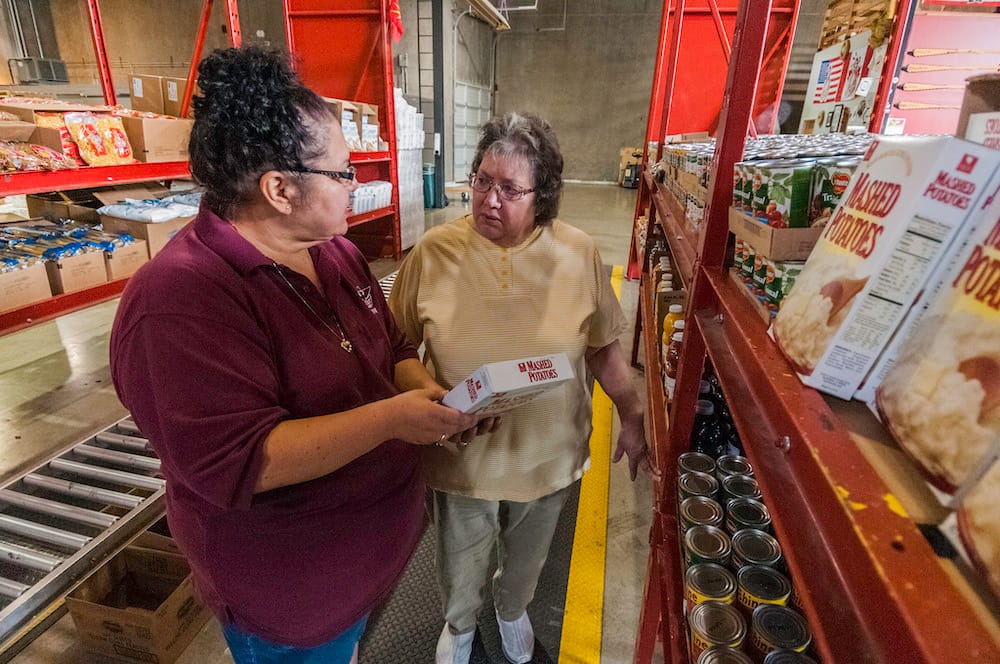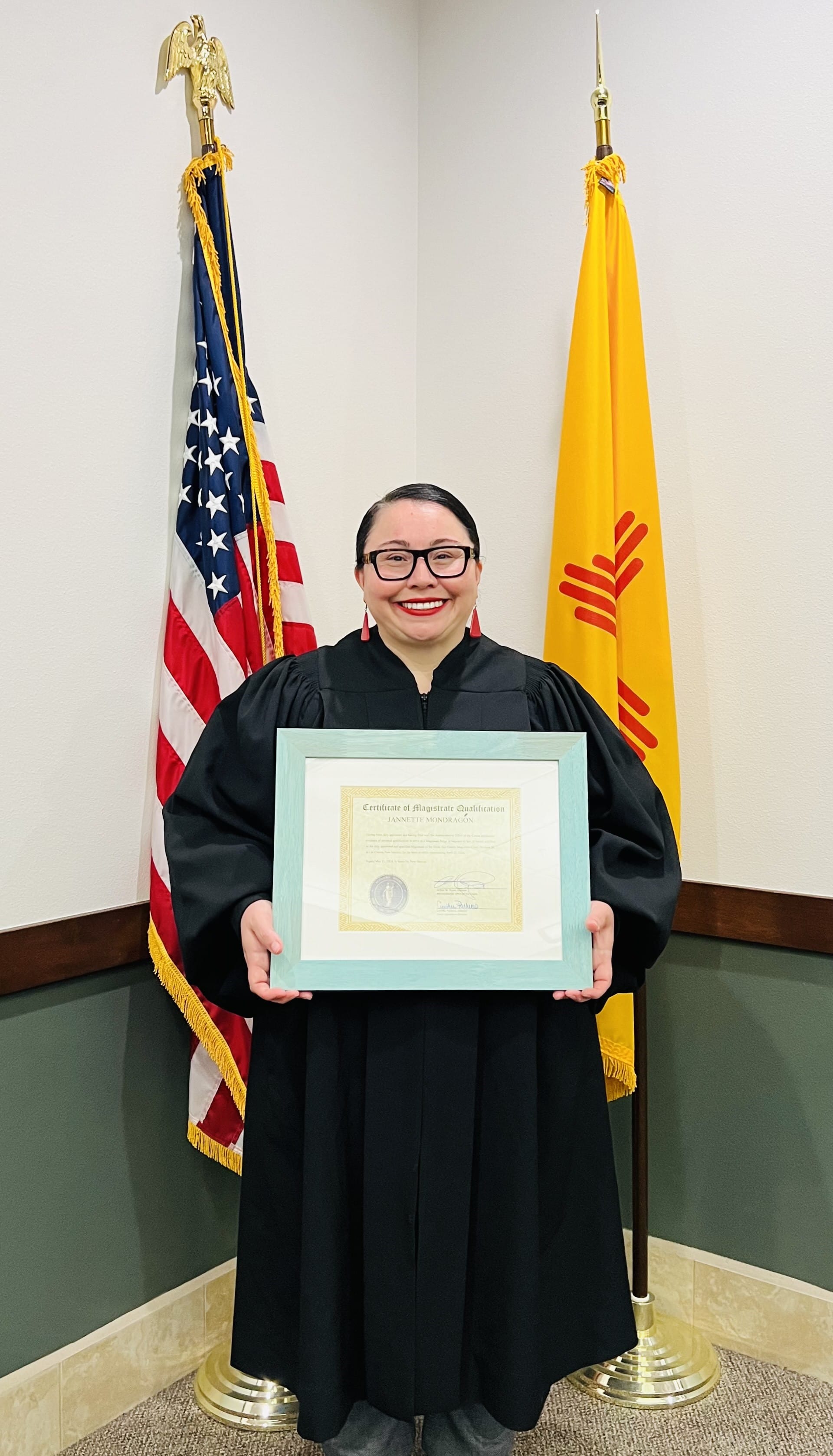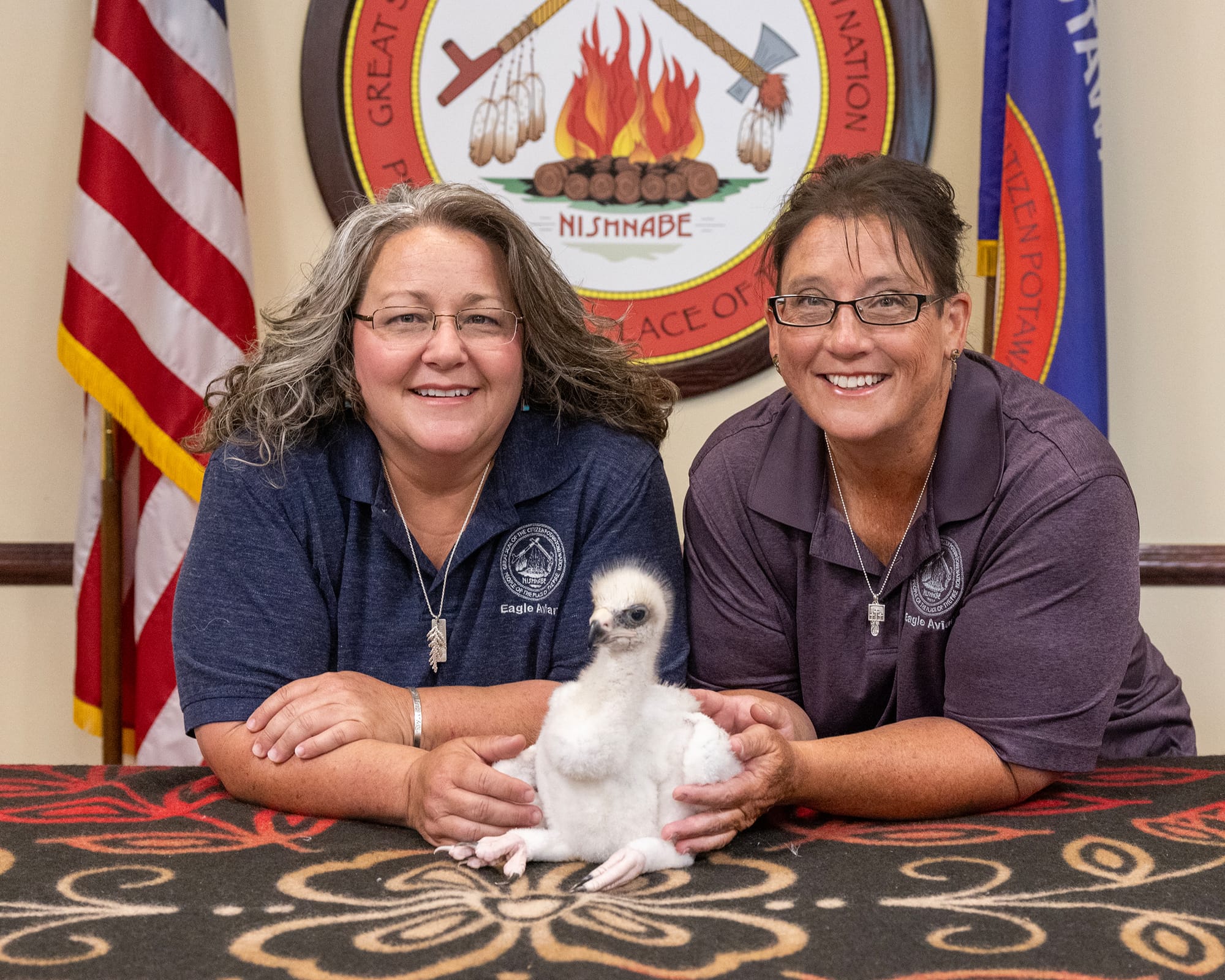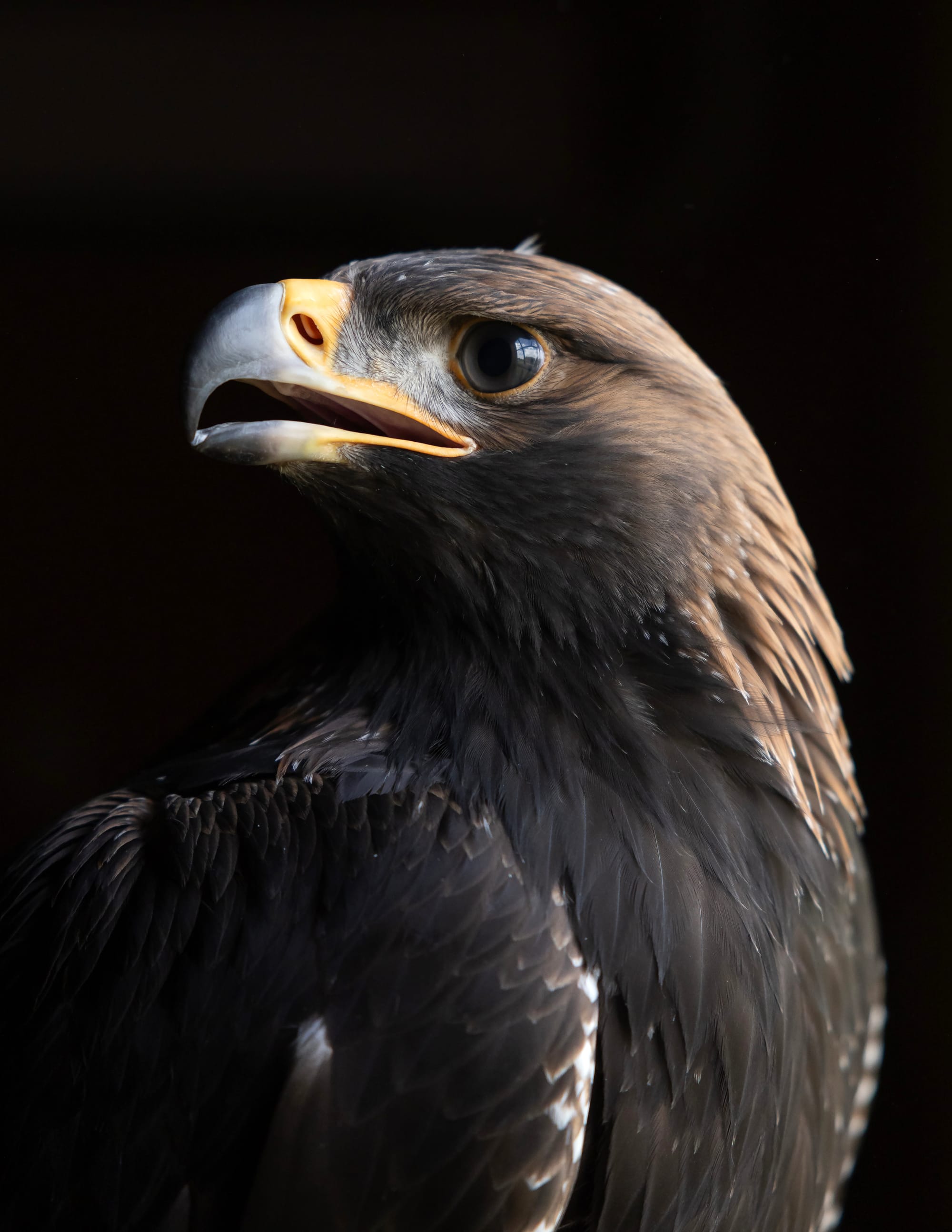

Congress intensifies scrutiny over USDA’s handling of tribal food distribution programs

On Monday, congressional leaders from the powerful Senate and House appropriations committees ramped up pressure on the U.S. Department of Agriculture (USDA), seeking answers and swift action to address food shortages impacting Native American communities.
In a detailed letter to Agriculture Secretary Tom Vilsack, the bipartisan, bicameral group of lawmakers demanded an explanation for the USDA’s handling of the Food Distribution Program on Indian Reservations (FDPIR), which they say has resulted in months of delayed, inconsistent, and incomplete food deliveries to tribal communities across the country.
The letter today follows an earlier one sent Aug. 23 by a bipartisan group of seven senators who expressed their alarm over disruptions to FDPIR deliveries since April, when the USDA consolidated its tribal warehouse operations to a single contractor, Kansas City, Mo.-based Paris Brothers Inc.
“Tribes are deeply worried about when food will arrive and when USDA will resolve this situation,” Senate and House lawmakers wrote in Monday’s letter. “It is the federal government’s responsibility to uphold its trust and treaty obligations to Tribes, and this situation must be resolved immediately.”
Today’s letter requests information and documentation regarding the transition to one contractor, timelines of events, communication with stakeholders, impact on Tribes, accountability of the contractor, and actions being taken to resolve the situation. The congressional members urged immediate action to rectify the food shortage crisis and emphasize the importance of upholding trust and treaty obligations to tribal communities.
They also inquired about potential impacts on other food distribution programs, such as the Commodity Supplemental Food Program (CSFP), which serves low-income seniors.
The lawmakers have set a deadline of September 9 for the USDA to provide a comprehensive response to their questions, along with any relevant documentation. The letter was signed by a group of high-ranking members from both chambers, including House Appropriations Chairman Tom Cole (R-OK) and Ranking Member Rosa Delauro (D-CT), as well as Senate Appropriations Chair Patty Murray (D-WA), and Senate Appropriations Vice Chair Susan Collins (R-ME).
In a statement, Cole, an enrolled member of the Chickasaw Nation of Oklahoma and the first Native American to serve as chairman of the House Appropriations Committee, said the disruptions to vital safety net programs were unacceptable and failed to uphold our trust and treaty obligations. “Tribes’ voices have been heard and will continue to be at the forefront as Congress further investigates this crisis,” Cole said.
The FDPIR serves more than 50,000 Native American households each month, providing essential food assistance to income-eligible families.
Mary Greene Trottier, president of the National Association for FDPIR, told Tribal Business NewsTribal Business News on July 13 that the situation had been dire for months. “We’re hearing from almost every tribe participating in the program that they’ve been impacted in some way,” Trottier said. “People are going without.”

Chickasaw serves as first First American appointed magistrate judge in her county

LAS CRUCES, N.M. – Chickasaw citizen Jannette Mondragón has made history as the first female First American magistrate judge in Doña Ana County.
“I am so proud to be a voice that is uplifting Indigenous voices at a table we have never had a seat,” Mondragón said.
Appointed March 29, 2024, by New Mexico Governor Michelle Grisham , Mondragón filled the seat previously occupied by Judge Rebecca Duffin. Duffin was appointed as Third Judicial District Court Judge.
Mondragón said accepting this position is both humbling and uplifting. As a minority, Mondragón hopes other First Americans can be encouraged by her story.
“I have a community to represent,” Mondragón said. “I want to represent and be a resilient, positive role model for Chickasaws and other Indigenous people who want to work in law.”
Becoming the first magistrate judge in Doña Ana County of First American lineage is an honorable accomplishment prompted by years of hard work and dedication. A nontraditional law student, Mondragón began law school when she was 34 years old. Before pursuing a law degree, she attended New Mexico State University where she obtained bachelor’s degrees in criminal justice and linguistics.
Soon after obtaining her bachelor’s degrees, Mondragón met her husband, Ronnie, in 2004.
“It was a whirlwind romance, and I was married within eight months,” Mondragón said.
Two months after the wedding, her husband was deployed. In six years, he participated in six deployments. Mondragón was fully immersed in the life of a military spouse and mother, tending to the household and raising their first son, Preston, while Ronnie was overseas. She also worked full time as a Child Protective Services (CPS) case worker, dreaming of one day working in the judicial system. When Ronnie returned from his final tour with a spinal cord injury, “primary caregiver to a disabled veteran” was added to her long list of titles.
After their second son, Ethan, had been born and her husband’s health had stabilized, Mondragón knew it was time to pursue her lifelong dream of a future in law.
“I thought to myself, ‘If I am ever going to go to law school, this is the time,’” Mondragón said. “In my mid-30s, I was applying to law schools. I was accepted to multiple universities.”
University of New Mexico was close to home for Mondragón, making it more enticing to the mother of young children. The university also offered a pre-law summer institute for First American students.
“It’s essentially a boot camp for First American students going to law school,” Mondragón said. “They teach you everything you need to know to be successful in law school. It is the only one of its kind in the country, and I owe a lot of what I am to that program.”
While in law school, Mondragón also found herself working two internships – one at a public defender’s office and another with the U.S. attorney’s office. While at the U.S. attorney’s office, Mondragón took an interest in Indian Country crime.
“That’s where I realized how many jurisdictional issues we have in Indian Country that make it very difficult to help victims,” Mondragón said. “We started seeing those issues like MMIW [Missing and Murdered Indigenous Women] because of jurisdictional issues.”
Mondragón said her eyes were opened to a future of service in criminal law. She wanted to chase after that goal.
Upon graduation, Mondragón began working at the 13th Judicial District Attorney’s Office in New Mexico. She began working in misdemeanor charges, but quickly moved to more serious felony crimes.
“I started working crimes against children, which, looking back on my life, I am starting to realize is my passion,” she said. “From my past in Child Protective Services to working on crimes against children to eventually sitting on boards like Pegasus Legal Services for Children, I realize how important child advocacy is to me.”
Her time at the 13th Judicial District Attorney’s Office ended when she decided to move to Las Cruces to help her parents as their health declined. She began working closely in immigration law and child support cases when the Doña Ana County Magistrate Judge position opened.
“I applied and was selected, so that’s my legal journey and the backstory to how I got here,” Mondragón said.
Although tremendously accomplished, Mondragón continues to be humble.
“I am not proud of myself. I am proud of the people who helped me get here,” she said. “I am not here alone. I am here on the shoulders of my ancestors, my community, mentors and my family.”
Mondragón said the support of the Chickasaw Nation helped mold her into who she is today.
“The Chickasaw Nation is one of the biggest pieces to my puzzle of success,” Mondragón said. “Without the support of my tribe, I don’t think I would be where I am. It is incredible the resources they can provide and the lives they can change. The Chickasaw Nation is affecting real change, even if they may not realize it. They are positively changing distant communities.”
Choctaw Travel Plaza - Atoka first of 13 locations being updated by Choctaw Nation

New look, retail items
ATOKA, Okla. - The Choctaw Travel Plaza in Atoka is the first of 13 Choctaw Travel Plaza locations to receive an updated look and exciting new retail items.
The Atoka location, which opened in 2002, has undergone a facelift, transitioning to a crisp, neutral color palette and adding a variety of new products for an elevated shopping experience. Twelve other Choctaw Travel Plazas will receive the same treatment in the coming months, with the updates expected to be finalized by the spring of 2025.
These updates come three months after the opening of The Mercantile inside Choctaw Landing in Hochatown, Okla., Choctaw Nation’s newest luxury casino and resort. The Mercantile is Choctaw Nation’s premier convenience store that features a wider range of upscale retail options including gifts, an extensive wine and beer selection, a deli offering made-to-order sandwiches and a 24-pump fuel station.
With the refresh, Choctaw Travel Plazas will begin to offer Choctaw artisan gifts, Oklahoma souvenirs, nostalgic candy and more. Below is a full list of the store locations that will be updated:
Antlers
Atoka
Durant East
Grant
Heavener
Hugo
Idabel
McAlester
Pocola
Poteau
Stigler
Stringtown
Talihina
To celebrate the completion of the Travel Plaza’s updates, they’ll be hosting KHKC 102.1 FM on Wednesday, August 28 from noon-2 p.m. in Atoka for a live remote.
Choctaw Travel Plazas just wrapped up their 35thanniversary celebration, which included a month full of promotions for guests. You can enjoy year-round rewards by downloading the Chahta Rewards app and earning points through purchases at any Choctaw Travel Plaza location.
About The Choctaw Nation
The Choctaw Nation is the third-largest Indian Nation in the United States with more than 225,000 tribal members and 12,000-plus associates. This ancient people has an oral tradition dating back over 14,000 years. The first tribe over the Trail of Tears, its historic reservation boundaries are in the southeast corner of Oklahoma, covering 10,923 square miles. The Choctaw Nation’s vision, “Living out the Chahta Spirit of faith, family and culture,” is evident as it continues to focus on providing opportunities for growth and prosperity. For more information about the Choctaw Nation, its culture, heritage and traditions, please go to www.choctawnation.com.
Kishko: Citizen Potawatomi Nation Aviary welcomes new golden eagle

By Tina Bridenstine, Citizen Potawatomi Nation
Family Reunion Festival came with a special surprise this year when Tribal members were the first to be introduced to the Aviary’s recently hatched golden eagle, Kishko.
Kishko was one of two eaglets to hatch at the Aviary this spring after two of the Aviary’s golden eagles paired.
“It’s very rare,” Aviary Manager Jennifer Randell said. “It’s truly a blessing.”
Pairing and nesting
After the Aviary’s glove-trained golden eagle, Myanabe, walked on in 2020, Randell and her sister, Aviary Assistant Bree Dunham, were not ready to take on another bird.
“It took us a couple years to get ready to think maybe we could have that relationship with an eagle,” Randell said. “I can’t really explain that relationship. It’s a very special, honorable thing when an eagle has that trust in you.”
However, after a couple years, the South Dakota Zoo had a male golden eagle that needed placement.
“And the paperwork does say male golden eagle,” Randell said. “We went ahead and traveled to get this eagle, and when we saw inside the kennel, her feet are bigger than my hand. She’s huge. We knew it was a female.”
The eagle seemed to have a very calm personality, so they decided to glove train her and tethered her with another golden eagle that has been with the Aviary about six years.
“Golden eagles will learn from watching other golden eagles,” Dunham said. “So we put them tethered together so she could watch the other golden, since he was used to being tethered.”
That went really well for a few days, they said.
“And then for the first time ever, in 14 years of living on this property, we heard the most beautiful sound,” Randell said. “They’re at the end of their leashes, almost beak to beak, and they’re singing to each other.”
The sisters say they try to let the eagles run the show and evolve with what they need, and so they released both golden eagles from their tethers the day after the female laid the first egg of her life — though she was not yet mature, so they knew it wasn’t fertile.
“The paperwork does still say ‘he.’ Clearly not a ‘he,’” Randell said. “If we had any doubt, we knew then.”
In the winter, the eagles began building a nest, which is highly unusual in captivity. Golden eagles in the wild live in remote areas, away from people and foot traffic.
Dunham and Randell expected the female to lay an egg in March or April, but nothing happened until the end of April, when she laid two eggs.
“Everyone said great news, but no way you’ll have fertile eggs the first year they’re together. They’re injured. There are all kinds of challenges,” Randell said.
“The eagles don’t read the books or listen to the experts,” Dunham added.
Despite how rare it is, even in the wild, for a first-year pair to have a successful nest, the first egg hatched after 41 days, and the second egg hatched after 44 days on May 24.
Changing plans
When the eaglets first hatched, Dunham and Randell called Chairman John “Rocky” Barrett and Vice-Chairman Linda Capps right away. Both expressed a desire to release the eagles, if possible.
“Unfortunately, we had the worst-case scenario,” Randell said, and release became impossible, with the larger, female chick hatching first and growing aggressive toward the younger eagle. “He was already three days behind her, plus he was a male.”
Randell and Dunham also think the birds hatching late, when the weather was hotter, might have put stress on the babies and the first-year parents.
“It was pretty hard, because we didn’t want to intervene. We were trying to let those parents have that experience and possibly release,” Randell said. “But we also didn’t want it to go too far where we were putting those chicks in jeopardy. This is a once-in-a-lifetime situation.”
Randell and Dunham monitored the eagles via video, and on the third day, they noticed the smaller eaglet did not seem to be getting food. They consulted Bill Voelker with Sia: Comanche Eagle Center, who has raised hundreds of eagles over more than 40 years, and he advised them to go in and feed the eaglet.
After both chicks had been fed, everything seemed to go well at first, but on the third day, they noticed the older chick was aggressively pecking the younger chick.
“Our commute is about 3 minutes, and by the time we got down there, you couldn’t see him,” Randell said. “He was covered in nest material, and the parents were walking on him. So, we really thought we were too late.”
Since the bald eagles at the Aviary have fostered chicks and even hatched one of their own, they were experienced parents, and Randell and Dunham have never had to intervene before.
“I’ve never held a baby eagle in my life. I’ve never had to go in and get it,” Randell said. “So here we have this baby eagle. He fits in the palm of my hand, and he was just lifeless. We were both in tears. We thought we’d let it go too far.”
Fortunately, they were able to help him, and though the first couple days were touch and go, he did make it. However, putting him back in the nest with the parents was no longer an option.
“Once that sibling aggression starts, it doesn’t usually stop and goldens are worse than other birds of prey in that usually one chick survives out of the nest and no others do,” Randell said. “The strongest survive.”
The older chick is still with the parents, and they hope to be able to release her if all goes well. For the younger chick, who has been named Kishko, or Second Born, Randell and Dunham set up an incubator in their home and took on full-time care.
“It’s a little bittersweet, because I feel like he should be out there flying free. But he also wouldn’t have made it if we hadn’t intervened. So, we are more than honored to help raise him and give him a good life,” Randell said.

Meeting Kishko
Kishko, still covered in fluffy white feathers, made his debut at Family Reunion Festival, where Tribal members were able to see and interact with him at the Cultural Heritage Center.
“It’s so exciting to be able to share with them, and we’ll be able to share this with the community from now on. This bird will be able to go to ceremony and to help heal people,” Randell said.
By mid-July, he had grown to about full size. When he was still growing, he was eating 12 mice and 16 quail per day, though that has tapered off as he’s getting older.
“I feel like we blinked, and he’s grown,” Dunham said.
Randell and Dunham estimate he will start to learn to fly around 10 weeks old and then be soaring around 14 to 16 weeks old. Once his adult feathers have grown in, somewhere between 12 and 14 weeks, they’ll put anklets on him and begin training him on the glove. At that time, they estimate they’ll spend three to four hours per day glove-training him, and most of the rest of the day working with him to create good habits.
Once it was clear Kishko couldn’t return to the nest, it also became important to get him used to being around different people and environments, from sounds, to clothing, to machines like coffee makers, so he’s not afraid.
“He thinks he’s a person,” Dunham said, explaining that Kishko is fully imprinted and doesn’t like other birds. “He won’t ever be with other birds, and that’s why it’s so important that he gets used to all of this, because that’s his reality from now on. He has to be around people.”
Once trained, they plan to have him present at Grand Entry, and the hope is to be able to let him fly in the arena at Festival, even if only from glove to glove.
“He has been hand-raised by people, and he got to meet a lot of our community and our people,” Randell said. “He’ll be with us for the rest of his life, so we want to give him the best life we possibly can.”
To learn more about the Aviary and the eagles who live there, visit cpn.news/aviary.





